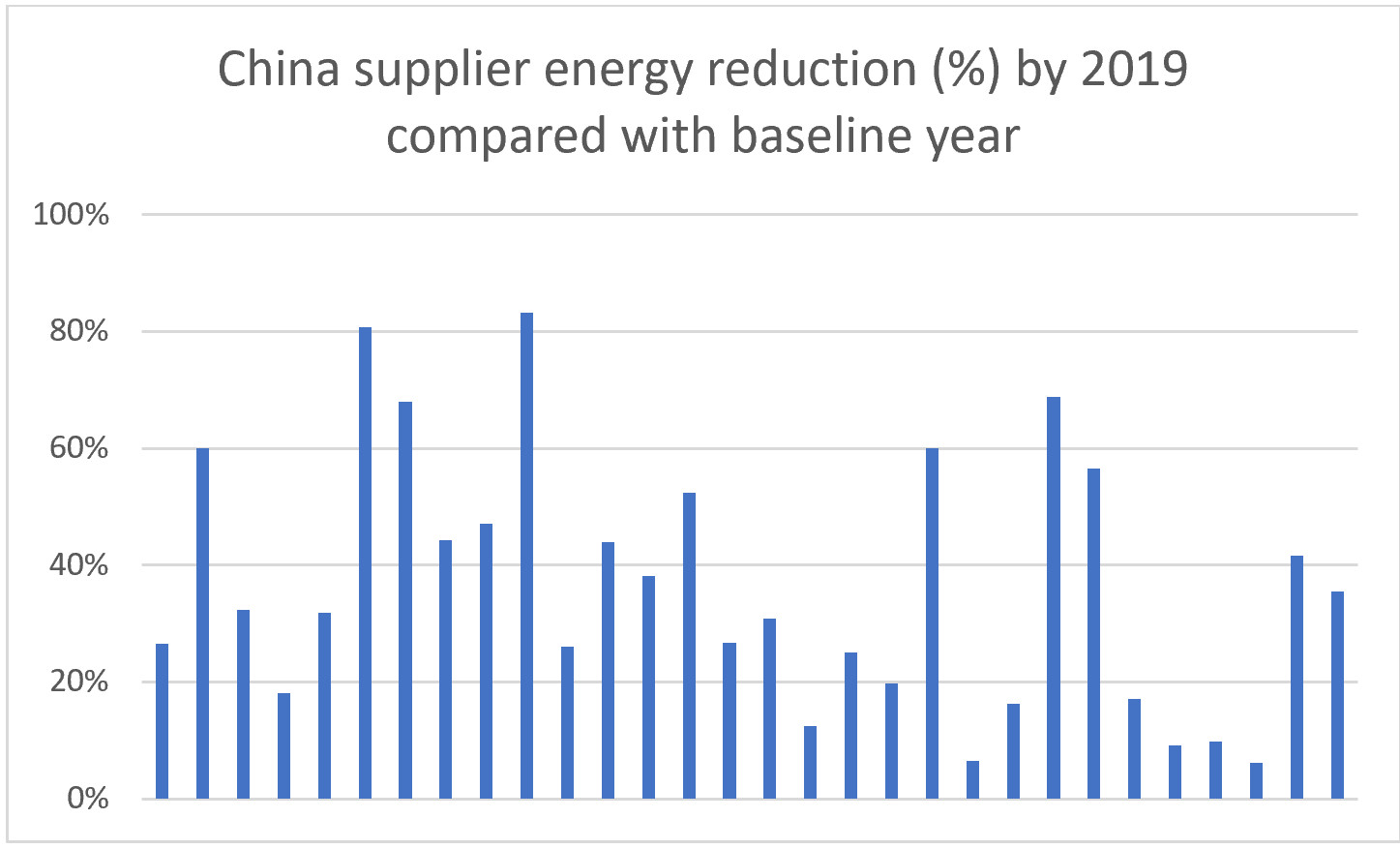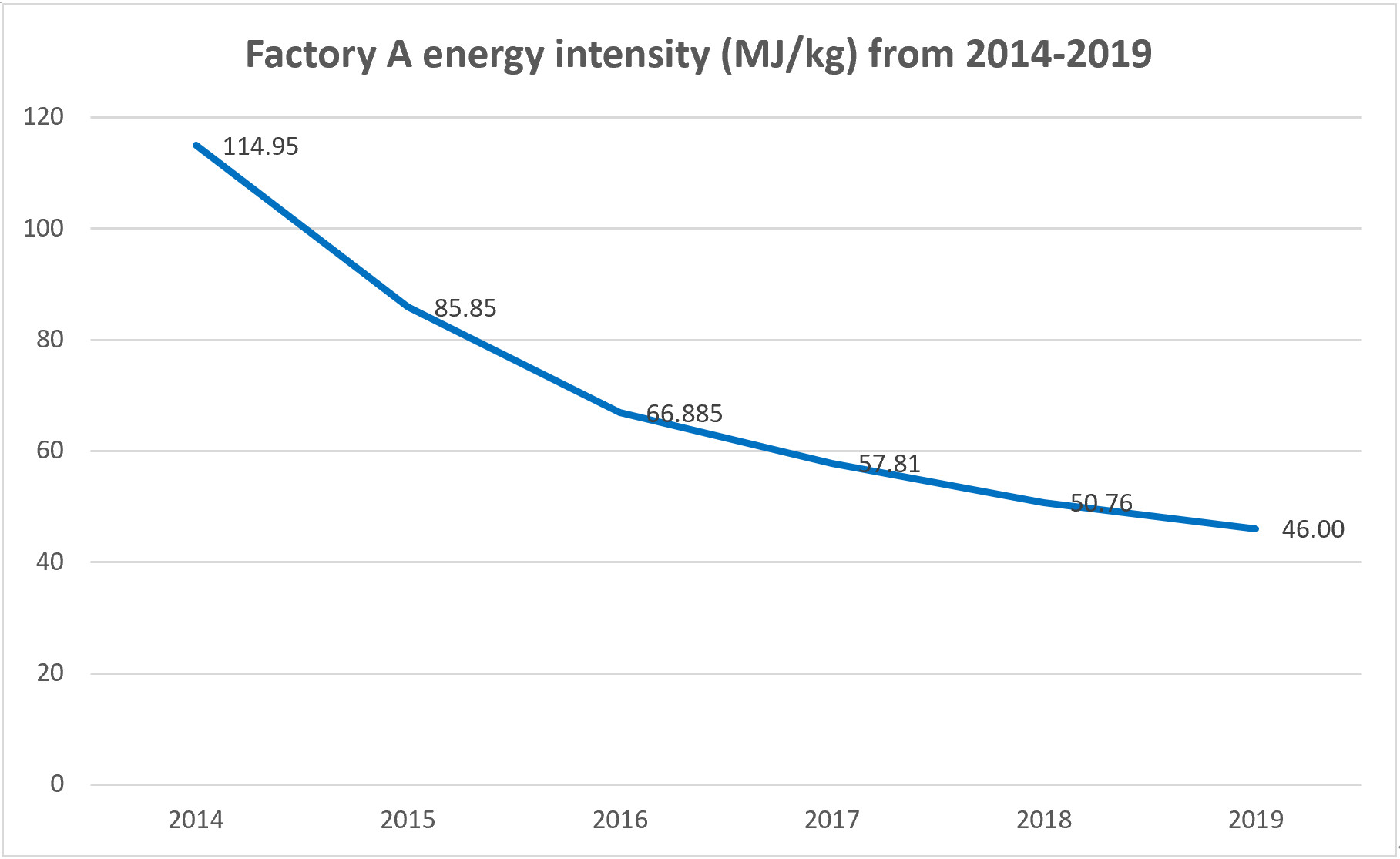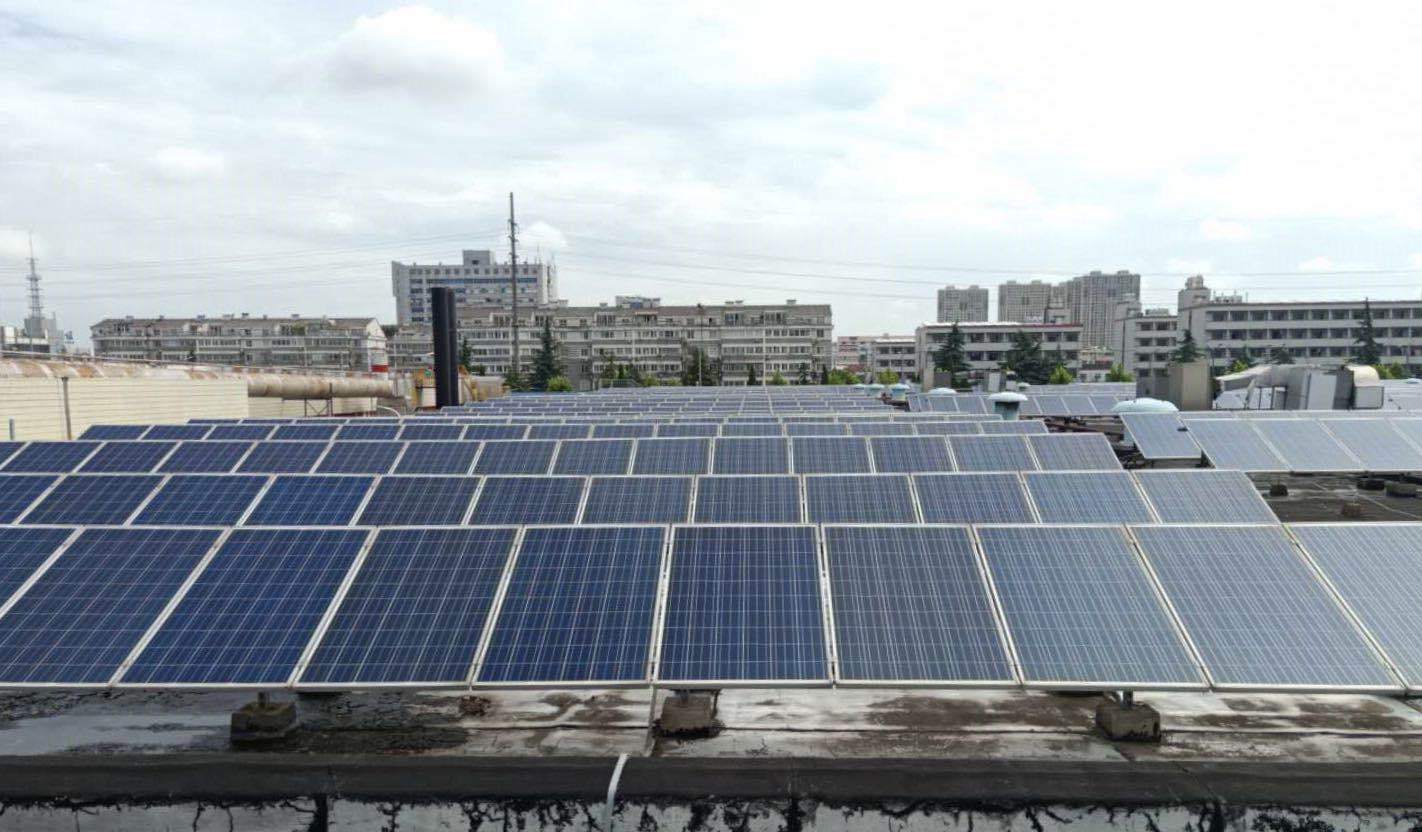Measuring and optimally managing our environmental footprint in adidas own operations and across our supply chain is one of our ways to respond to climate change. adidas is proactively addressing the impacts of climate change by supporting global initiatives that aims to drive changes in our industry. As a signatory of UN Fashion Industry Charter for Climate Action, adidas has committed to reducing 30% CO2 emissions by 2030 (baseline 2017) that paving the way for climate neutrality by 2050. (See below table)

Since 2010, we have built a robust
environmental program to guide and support our supply chain partners to reduce
environmental footprint collaboratively. In 2015, we’ve further enhanced our program with:
• Monthly
energy data collection to monitor and measure our suppliers’ energy efficiency
performance in a timely manner;
• Annual
data verification to help enhancing data accuracy and reliability.
In 2019, our supply chain has surpassed our 2020
energy reduction target (-20% by 2020) and achieved 22% reduction, comparing to
2014 baseline. Around 80% of China suppliers achieved their own energy
reduction target compared with baseline year. It is a result of ongoing efforts to advance suppliers’ capacity for
managing resource efficiency. After the release of the Environmental Good
Practice Guideline and Toolkit in 2018, we updated and issued our Environmental
Guidelines in 2019 for all strategic suppliers, along with an efficiency
calculator so they can better understand their environmental impacts. We
continued to support the Energy and Water Investment Plan and, by the end of
2019, we had mobilized more than 40 strategic suppliers located in five of our
main sourcing locations who
successfully identified more than 400 saving opportunities that will be
implemented with projected annual savings estimated at 350 million MJ of
energy.

We also support our suppliers to gradually
increase the generation and use of renewable energy in our supply chain and
help connect our suppliers with experienced solar companies so they can jointly
work towards the development and implementation of projects. As of 2019, more
than 20% of our strategic suppliers are already adopting renewable energy,
including rooftop solar photovoltaic and biomass. Approximately 12,000 tons of
CO2e has been reduced due to the existing on-site rooftop solar (RTS) systems
in our China supply chain. We understand
the huge potential of CO2 reduction from the on-site RTS system. To further accelerate the renewable energy
adoption in China, we are financing 100% strategic suppliers for the on-site
Rooftop Solar (RTS) Feasibility Study to renewable energy adoption when the RTS
system is not in place to the transition to renewable energy.
To achieve our carbon emission target, we
are continuously improving our supply chain’s energy efficiency and in parallel
to switch to renewable sources. One of our China suppliers has made significant
progress in reducing energy consumption since 2014, far exceeding their 5%
annual energy reduction target and implemented roof top solar project to reduce
their carbon emission. Below are the energy conservation measures have been
implemented in this China facilities in the past few years:
• 2015:
replaced diesel oil with natural gas and recovered heat from setting machine;
• 2016:
installed rooftop solar system and implemented dyeing machine insulation;
• 2017:
eliminated all on-site boilers and replaced with purchased natural gas;
• 2018-2019:
gradually replaced 80% of low efficient machine and implement lean production
project.


The above adidas related content is mainly quoted from Adidas 2019 Annual Report. Please refer to the original English version if any discrepancy found.
(The above content is provided by the brand, and the authenticity of the data is the responsibility of the brand)